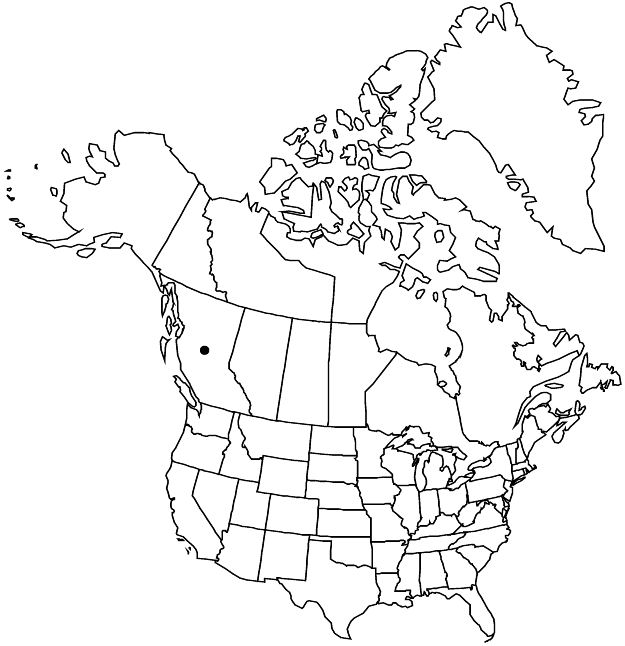Cotoneaster qungbixiensis
J. Bot. Res. Inst. Texas 2: 53, fig. 1. 2008.
Shrubs, 2–3 m. Stems erect, arching, spreading; branches distichous or spiraled, reddish-brown, initially strigose-pilose. Leaves deciduous (sometimes tardily so on vigorous basal sprouts); petiole often red, 3–4 mm, strigose-pilose; blade elliptic or narrowly elliptic to sometimes elliptic-ovate or narrowly ovate, 20–48 (–61) x (10–) 15–29 mm, chartaceous, base cuneate or obtuse, margins flat, veins 2–4, sunken, apex minutely truncate, rarely acute, mucronate, abaxial surfaces densely grayish tomentose, adaxial dark green, shiny, not glaucous, flat between lateral-veins, slightly rugose, initially pilose; fall leaves orange. Inflorescences on fertile shoots 30–50 mm with 4–6 leaves, 3–9 (–15) -flowered, compact. Pedicels 1–3 mm, strigose-pilose. Flowers 6.5–9 mm, open; hypanthium funnelform, silky tomentose; sepals: margins tomentose, apex cuspidate or acuminate, surfaces tomentose; petals erect-incurved, pink or reddish, base dark red, margins yellowish or off-white; stamens 17–20, filaments dark red, at least proximally, anthers white; styles (2 or) 3 or 4 [or 5]. Pomes orange-red, obovoid to broadly obovoid or subglobose, rarely globose, (7–) 8.2–10.1 × 6.6–7.6 mm, slightly shiny, not glaucous, pilose; sepals flat, tomentose; navel closed; style remnants 2/3 from base. Pyrenes (2 or) 3 or 4 [or 5]. 2n = 68 (England).
Phenology: Flowering Jun–Jul; fruiting Oct–Dec.
Habitat: Thickets, disturbed forests
Elevation: 0–50 m
Distribution

Introduced; B.C., Asia (China)
Discussion
Selected References
None.
Lower Taxa
"thin" is not a number."dm" is not declared as a valid unit of measurement for this property.